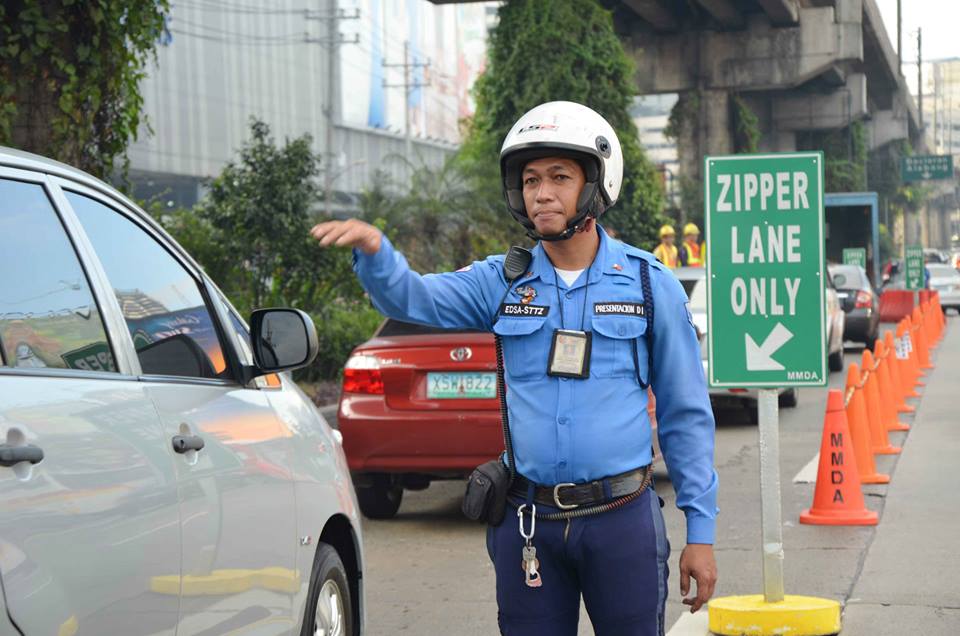
MANILA — The Metropolitan Manila Development Authority (MMDA) is proposing the composition of selected traffic enforcers that will strictly implement the rules and regulations of Republic Act 10586, or the Anti-Drunk and Drugged Driving Act of 2013.
Emerson Carlos, MMDA assistant general manager for operations, said the Land Transportation Office (LTO) must deputize the composite team of select traffic enforcers from the LTO, Philippine National Police (PNP) and the MMDA.
Carlos said these enforcers that will form part of the team should have clean records and must not be a regular employee of the agency.
“He must not be facing any administrative case, of course must be drug free, and tested negative for alcohol for at least six months,” he said.
Carlos said the law will surely curb accidents on the road once it is fully enforced.
MMDA data show most fatal accidents happen from midnight to 6:00 a.m. – the time when most cases of drunk or drugged driving are recorded.
However, Carlos said they cannot yet fully implement the law due to necessary equipment to enforce it.
Carlos said the LTO, as the lead agency, needs to procure standard breath analyzers and test or study the procedure on how to use it under the law.
Under the law, driver violators face fines ranging from P20,000 to P500,000 and/or imprisonment of three months up to 20 years depending on the discretion of the court.
Violators also face a 12-month suspension for non-professional driver’s license for the first offense and perpetual revocation for the second offense. For professional drivers, a first offense would result in perpetual revocation of license.
The law provides for mandatory alcohol and drug testing of drivers involved in accidents that result in death or physical injuries.
The law also empowers the LTO to conduct random testing of public utility drivers at transport terminals nationwide.
An apprehended driver who is suspected of driving under the influence of alcohol will undergo eye test or the horizontal gaze nystagmus, walk-and-turn and the one-leg stand.
The eye test requires the driver to follow with his gaze an object that the law enforcer moves horizontally around one foot away from the driver’s face.
The walk-and-turn test requires the driver to walk nine steps forward in a straight line, turn, then walk back the same distance without difficulty.
In the third test, the driver is required to stand on one leg and raise the other around six inches from the ground for about 60 seconds.
If the driver passes these tests, he could be apprehended for traffic violation only, and not for violation of RA 10586.
If the driver fails any of the tests, he would be subjected to an Alcohol Breath Analyzer test to determine his blood alcohol level.
A driver found to have a higher blood alcohol level than the prescribed limit would be arrested and his vehicle impounded.
In instances wherein a law enforcer has reasonable grounds to believe that the driver is under the influence of dangerous drugs, the driver would be brought to the nearest police station and subjected to a drug test.